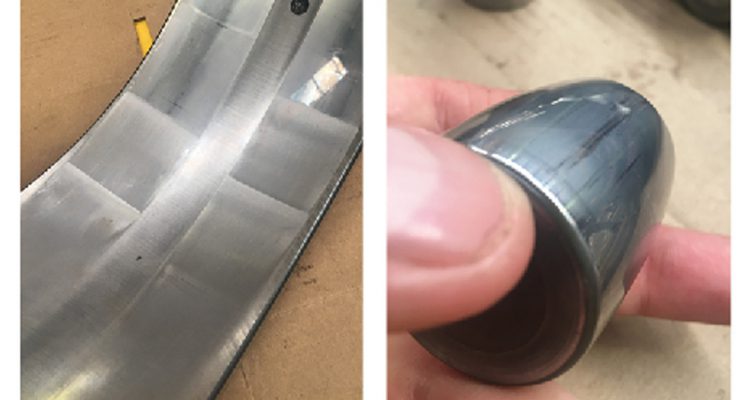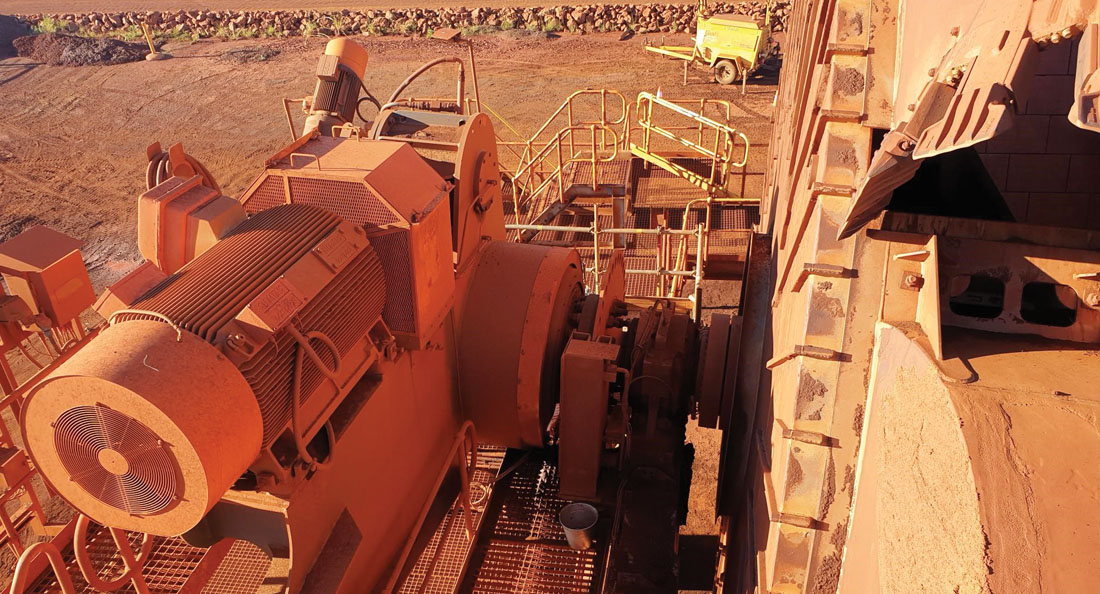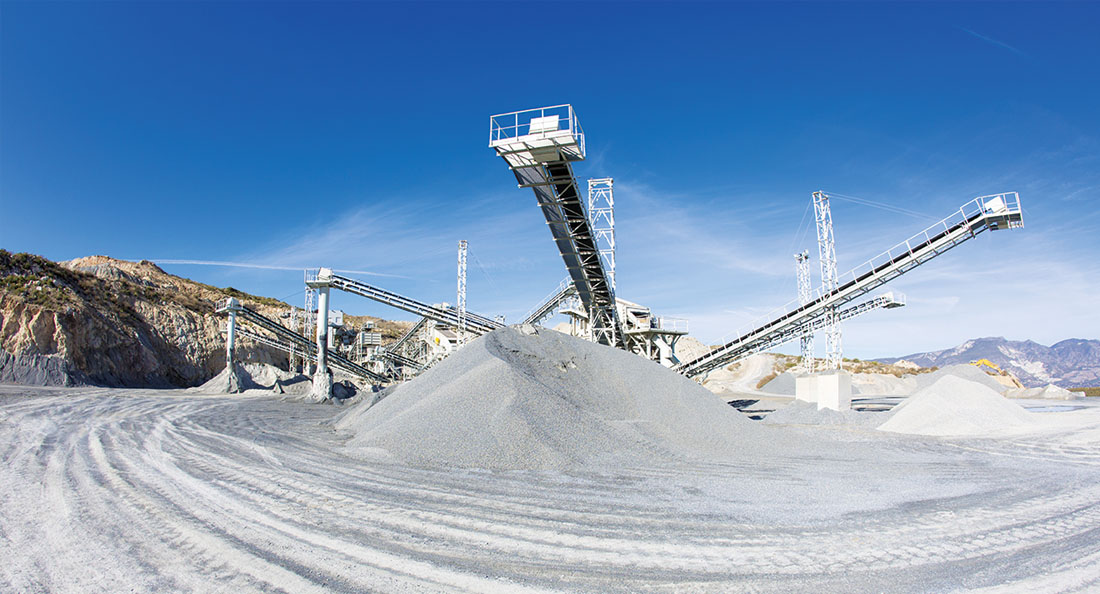While highlighting the importance of regular vibration analysis for bearing health monitoring, CBC Engineering Manager Mark Slaughter puts a great emphasis on continued monitoring of slow-rotating equipment.
“At very low speeds, for example large size bearings running at 20 revolutions per minute (rpm) or lower, it is often difficult to find damage early, if at all, due to inherent low impact energy from bearing damage. That is why you need a lot of trendable data, collected over extended period of time, to be able to detect bearing faults,” says Mark.
“When we collect monthly vibration data from the bearings, we analyse this data by overlaying it over the previous month’s data, which then allows us to look for small changes in the vibration signature of each equipment. Analysing internal bearing frequencies is particularly important for detecting bearing raceway failures.”
To illustrate this further, Mark uses an example from an iron ore export terminal in South Australia, where CBC engineers have been conducting regular condition monitoring for a mining logistics company.
“This company handles iron ore shipments at the export terminal and have critical assets in all stages of iron ore offloading, storage and loading. For nearly 15 years, CBC has been carrying out monthly vibration analysis on their critical assets, in addition to quarterly oil analysis and annual electrical thermography inspections of electrical equipment,” says Mark.
“We first detected an outer race bearing defect in one of the head pulley bearings in their reclaim conveyor when conducting our monthly vibration analysis. In the following month, the field technician who was collecting the data could also feel a knocking sound coming from the bearing’s housing. So, in consultation with the client, we decided to change the bearing and further analyse the cause of defect,” he adds.
As the bearing was critical to the operation of the reclaim conveyor, Mark says it could not be replaced immediately.
“In consultation with the client, we looked for the next operational window to access the pulley and finally, three months after the fault was first identified, we were able to replace the bearing. We then took the dismantled bearing to the workshop where further analysis confirmed excessive wear in the raceways. The bearing had exceeded its operational life and excessive wear had caused the clearances in the bearing to open up, causing the rollers to slide.”
The timely detection and replacement of the bearing helped prevent what, according to Mark, would have been significant economic loss.
“When a ship arrives at the harbour, there is only a small window wherein it should be loaded or else there will be penalties for every additional hour. Had we not been able to detect the issue through vibration analysis and respond quickly to replace the bearing, the conveyor might have stopped working when a ship was in the harbour, leading to significant production loss.”
While the example demonstrates the criticality of regular vibration analysis, Mark says CBC’s ability to provide a turnkey solution was also instrumental to successfully averting more serious problems in this case.
“Being Australia’s largest distributor of bearings to all industries, means that CBC could offer more than just a vibrational analysis report. After detecting the problem, we coordinated with the client to change the bearing in line with their operations. We also analysed the failed bearing in our workshop and provided a detailed report to the client,” says Mark.
“It is this type of turnkey solution that makes CBC’s services stand out and provides our customers with total peace of mind.”
Ask Miner Maddie:
Low impact energy means continued vibration analysis is even more important for slow rotating equipment.




